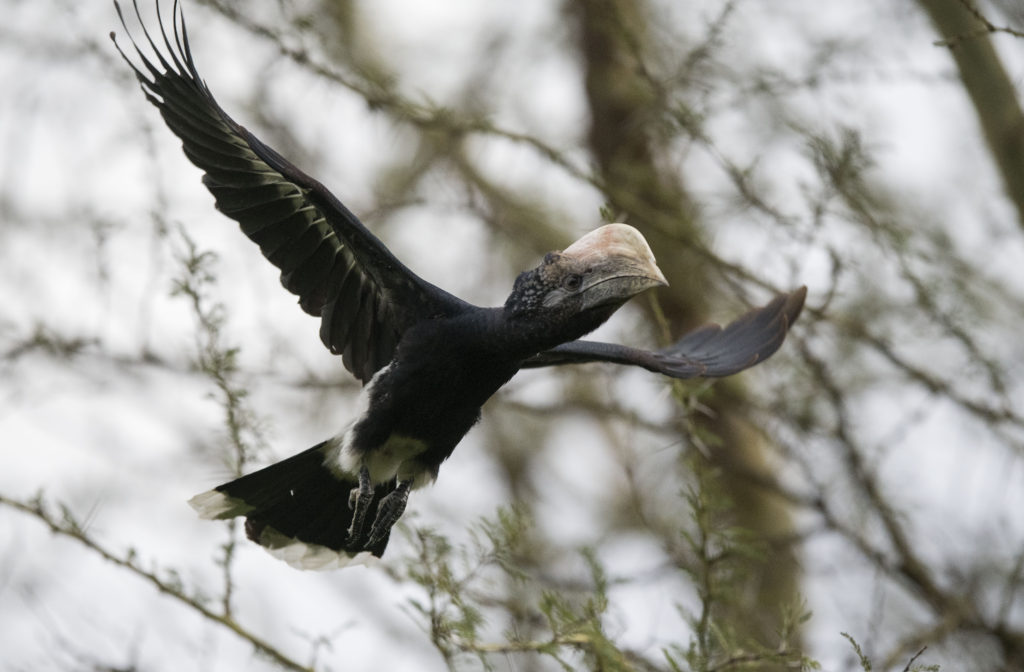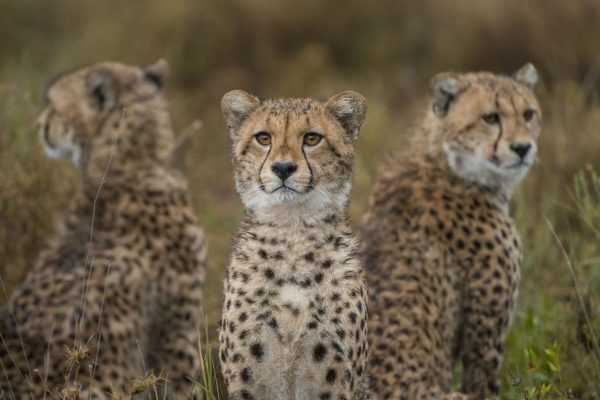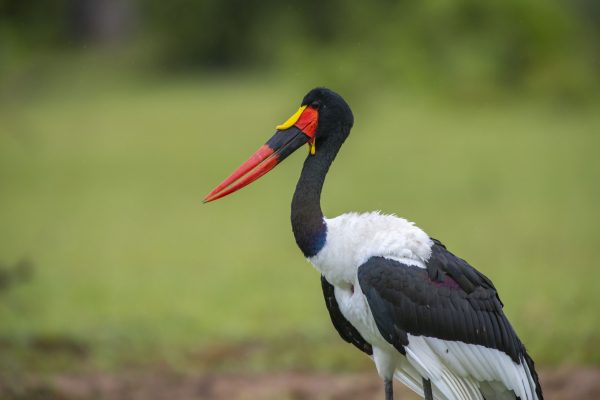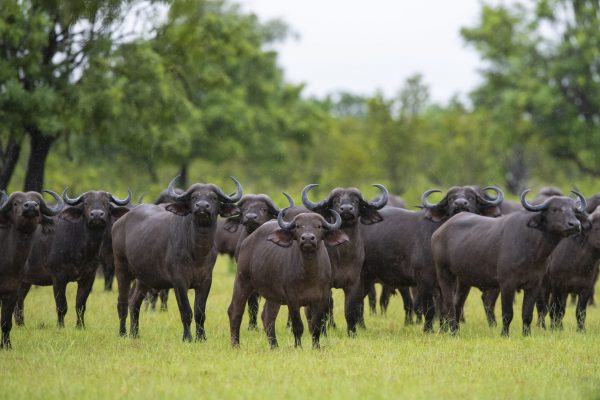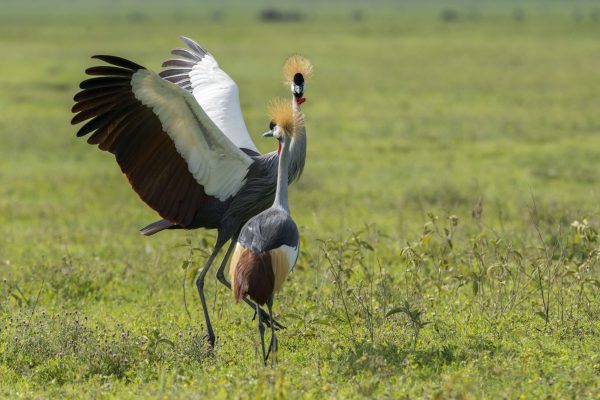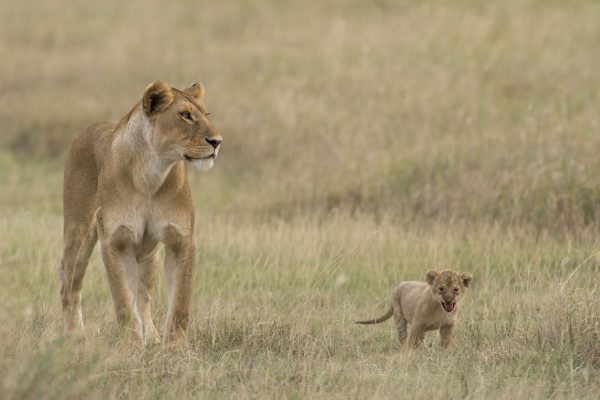Overview
Serengeti National Park is undoubtedly the most famous wildlife sanctuary in the world, unequalled for its great concentration of plains game. It lies between the shores of Lake Victoria in the east and the Kenyan border to the northwest. In addition to its vast herds of wildebeest, zebra, Thomson’s gazelle and other plains game, the Serengeti is renowned for its lion and other predators, including wild dog, spotted hyena and jackal. Leopard may often be seen along the Seronera River. The wealth of bird life is of special interest. During May and June, or sometimes earlier, the famous Serengeti migration begins, as nearly two million wildebeest and a quarter million zebra move toward the Maasai Mara to the northwest.
The vast rolling plains of Serengeti National Park span 150km south from the Kenyan border and 100km east from almost the shore of Lake Victoria to the edge of the Eastern Rift Valley. The surface is of weathered west sloping ash from the Ngorongoro volcanoes and covers a plateau of mainly crystalline rock, dotted with rocky outcrops (kopjes). Low slightly wooded mountain ranges, mainly of volcanic origins cover the north east and run along the western corridor as well. The Mara river, a permanent river that stretches from Kogatende to Lamai crosses the northwest corner of the park. The central is a savannah that is crossed by the Grumeti and Mbalageti rivers which drain to Lake Victoria. The south is mainly open grasslands. The park is also endowed with water bodies albeit small. These are mainly small lakes, marshes and seasonal water holes that are numerous in the park.
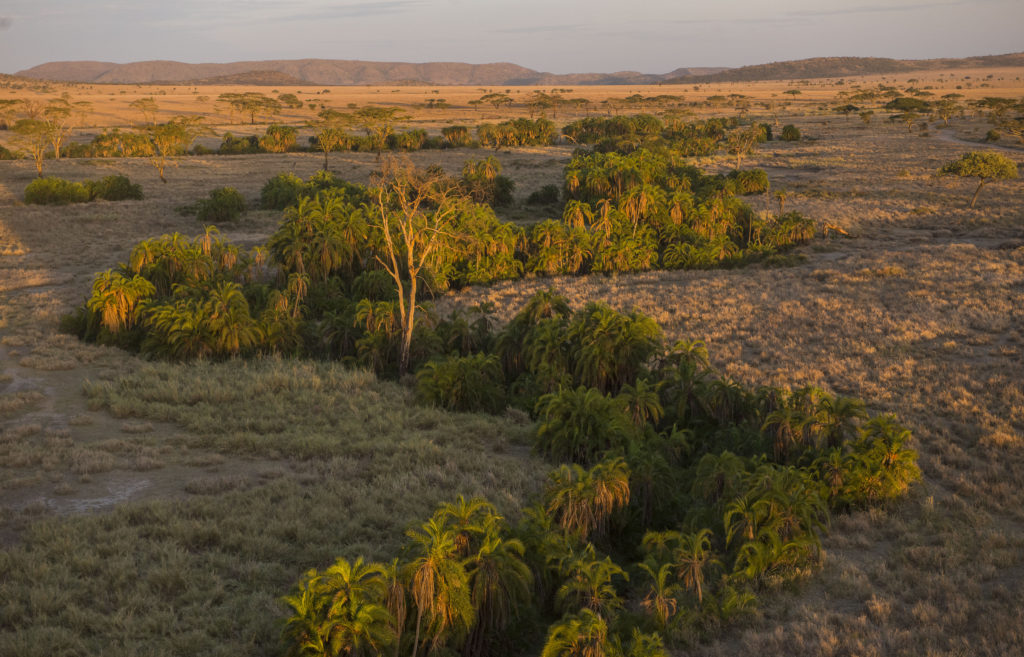
The Serengeti is a unique ecosystem, alternating between dusty summer drought to green winter and spring lushness. The central, Seronera and other neighboring areas like Togoro plains and Musabi are mostly savanna with scattered acacia. The north, an area that spans from Lobo all the way to Kogatende at the tip of the park are thornwood long grasslands and gallery forests along the permanent river Mara. Same can be said of the western part and river Grumeti, an area that stretches from Nyamuma all the way to the Ndabaka plains. The hilly western corridor is mostly extensive woods and black clay pans.
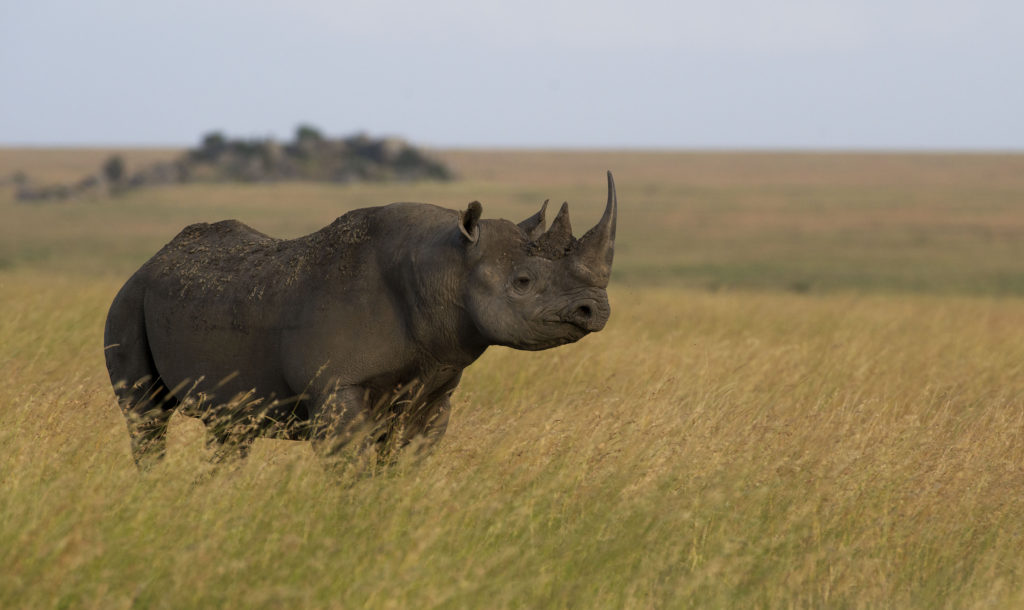
Volcanic soils in combination with the ecological impact of the great migration have played a huge part in formation of one of the most productive ecosystems on earth. The Serengeti ecosystem supports the largest number of angulates as well as the highest concentration of predators in the world. Many of these animals migrate between seasonal water sources and grasslands, starting from the central plains to the western corridor, moving north across river Mara into Kenya before dispersing southeast and finally settling in the south to calve in midsummer. The white-bearded wildebeest dominates the migration, with around 2 million individuals partaking the never-ending slog. Around 300,000 zebras make great companions for the gnus as well as approximately 900,000 Thomson gazelles. Other herbivores found in the park include elands, topis, hartebeest, buffalos, giraffes, warthogs, waterbucks, elephants, hippos, black rhinos, 10 species of antelope as well as 10 species of primates. Normally following the herbivores are lions, estimated to be around 4,000 in population, around 1,500 leopards, 3,500 spotted hyena, striped hyenas, black backed jackals, side striped jackals, golden jackals and wild dogs. Of all these animals the black rhino, leopard, African elephant and cheetah are listed in the IUCN Red List.
The park has around 500 species of birds which are perennially and seasonally present in the park, 5 of which are endemic to Tanzania. These bird species include 34 raptors, 6 vultures and aggregations of over 20,000 water birds. Unsurprisingly the park has the highest ostrich population in Tanzania and may probably be so in Africa.

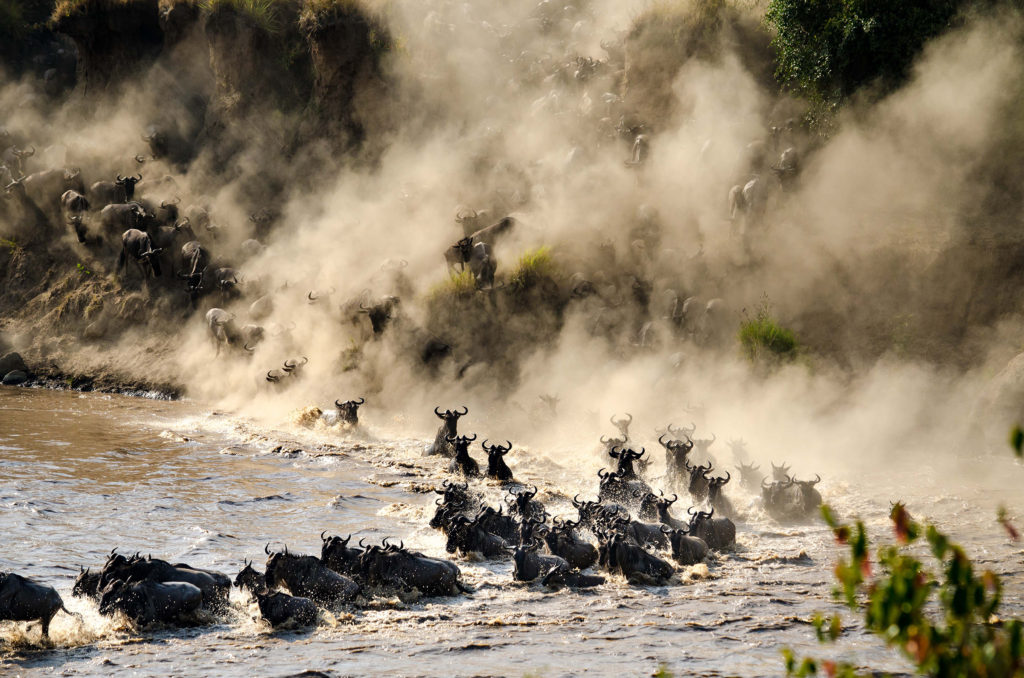
Serengeti National Park experiences a subtropical climate. The dry season is usually from mid May to August before it gets warmer, but still quite dry from September to October. Rains start falling from November to April when it also gets really hot at the same time. Short rains are experienced from October to December while heavy rains start from March to early May. July is the coldest month, but the temperatures are generally low in August and sometimes September.

Delve into planning a safari in the Serengeti and you might find that you’re faced with more than a few types of accommodation. Serengeti offers a huge array of lodging properties ranging from large modern state-of-the art hotels to tented permanent bush camps to luxurious mobile camps, to lodges, chalets to tents, and plenty more to choose with each offering its own subtle differences, quirks and distinctions

Location:
Serengeti’s southern entrance is 321 kilometers / 200 miles from Kilimanjaro Airport, your recommended point of entry into Tanzania. Transfer time to / from Arusha: 8 hours (approx.)
By Road
- Transfer time to / from Ngorongoro: 2 hours (approx.)
- Transfer time to / from Manyara airstrip: 4 hours 30 minutes (approx.)
- Transfer time to / from Kilimanjaro Airport: 9 hours 30 minutes (approx.)
By Air:
- Flight time from / to Arusha Airport to / from Central Serengeti: 50 minutes
- Flight time from / to Arusha Airport to / from Western Serengeti: 1 hour 05 minutes
- Flight time from / to Kilimanjaro Airport to / from central Serengeti: 1 hour
- Flight time from / to Kilimanjaro Airport to / from Western Serengeti airstrip: 1 hour 15 minutes
- Flight time from / to Dar es salaam Airport to / from Central Serengeti: 2 hours 30 minutes
- Flight time from / to Dar es salaam Airport to / from Western Serengeti: 2 hour 45 minutes
